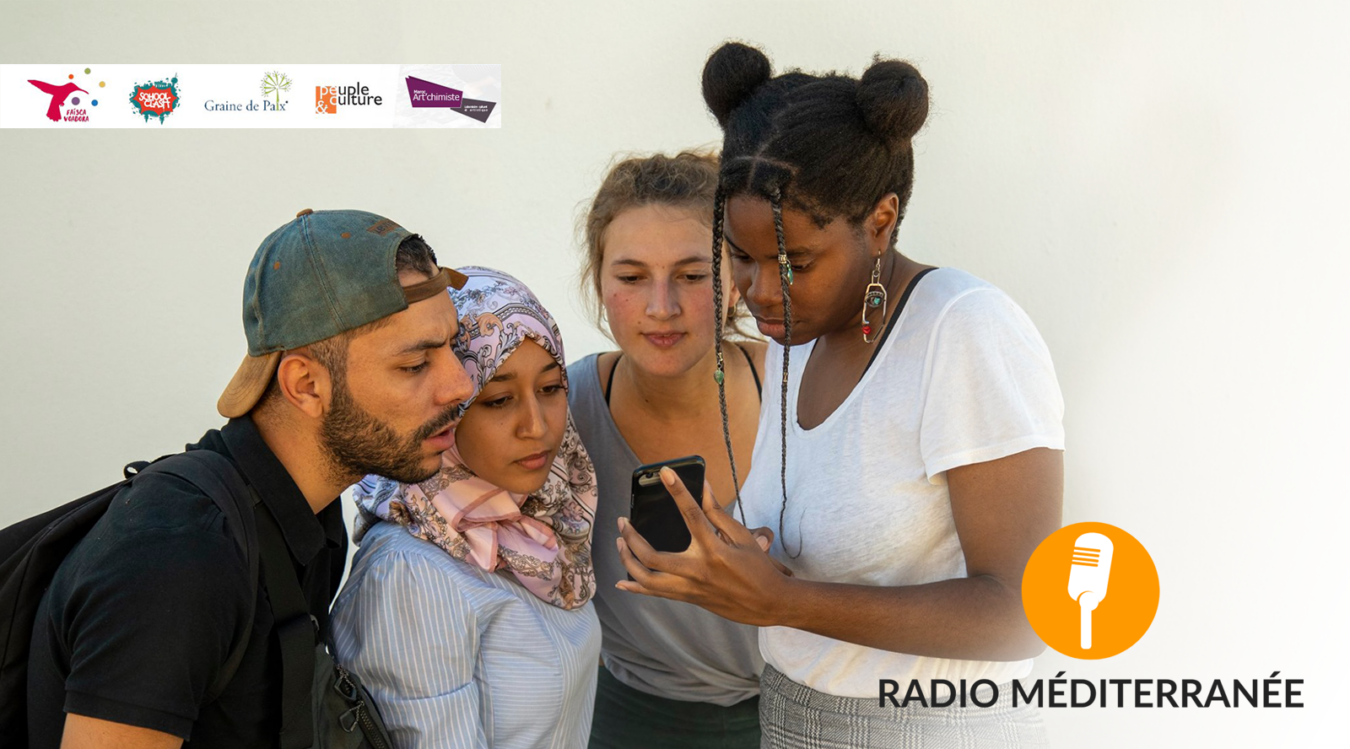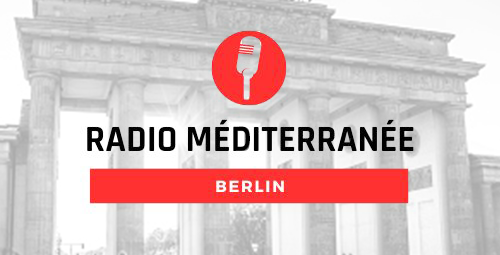By Marion Cassinot
Kreuzberg, July 2023.
A sensitive experience…
Walking around the neighborhood
Smelling, watching, listening…
Here, something is different.
Maybe time
Maybe creativity
Maybe freedom…
…
What does it mean to be FREE ?
What does it mean to feel at HOME ?
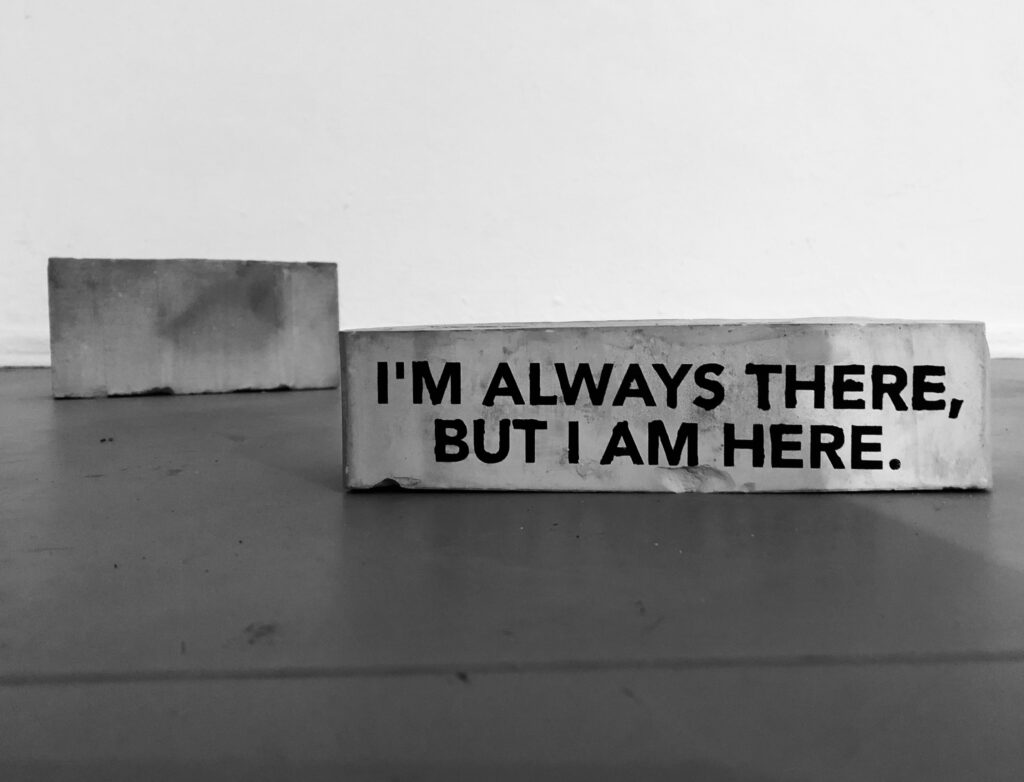



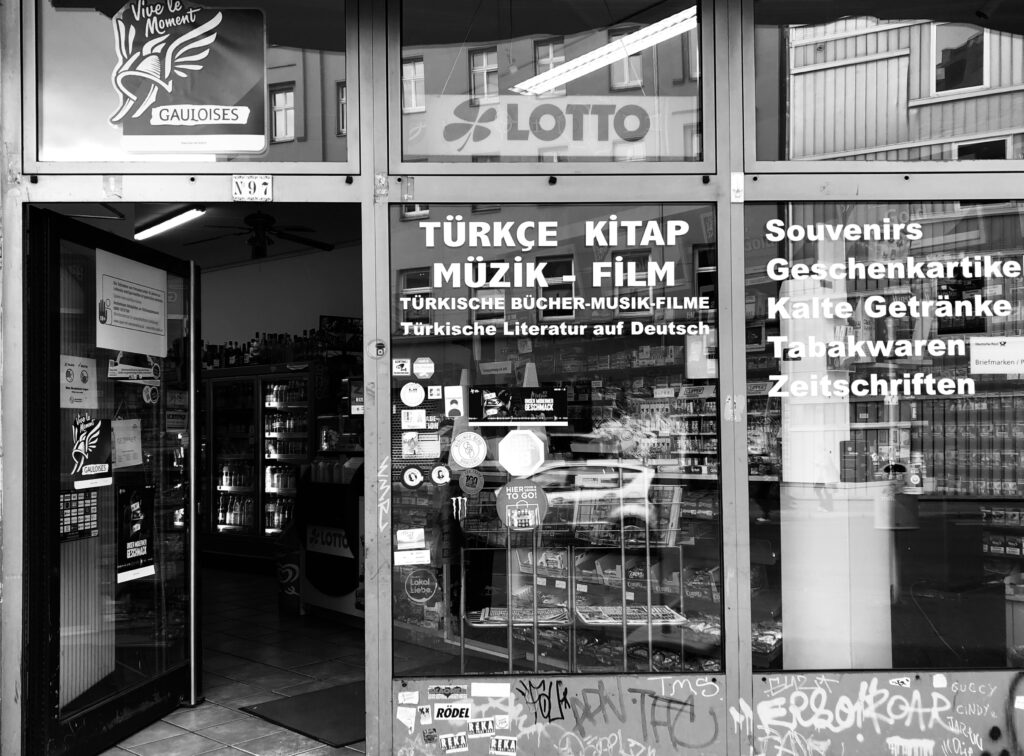
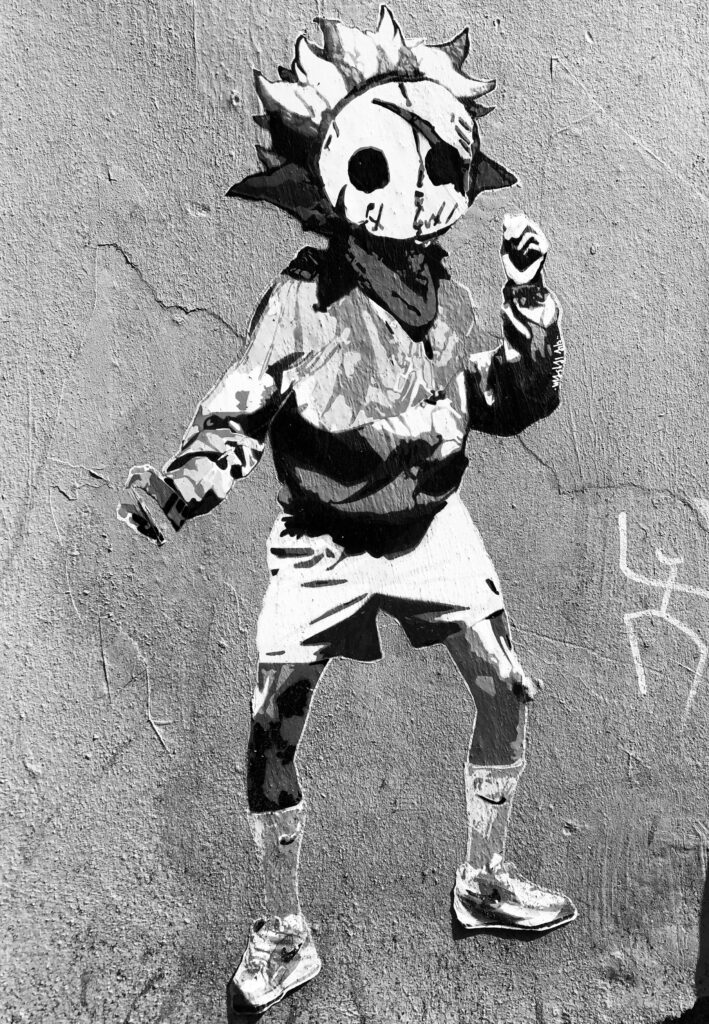
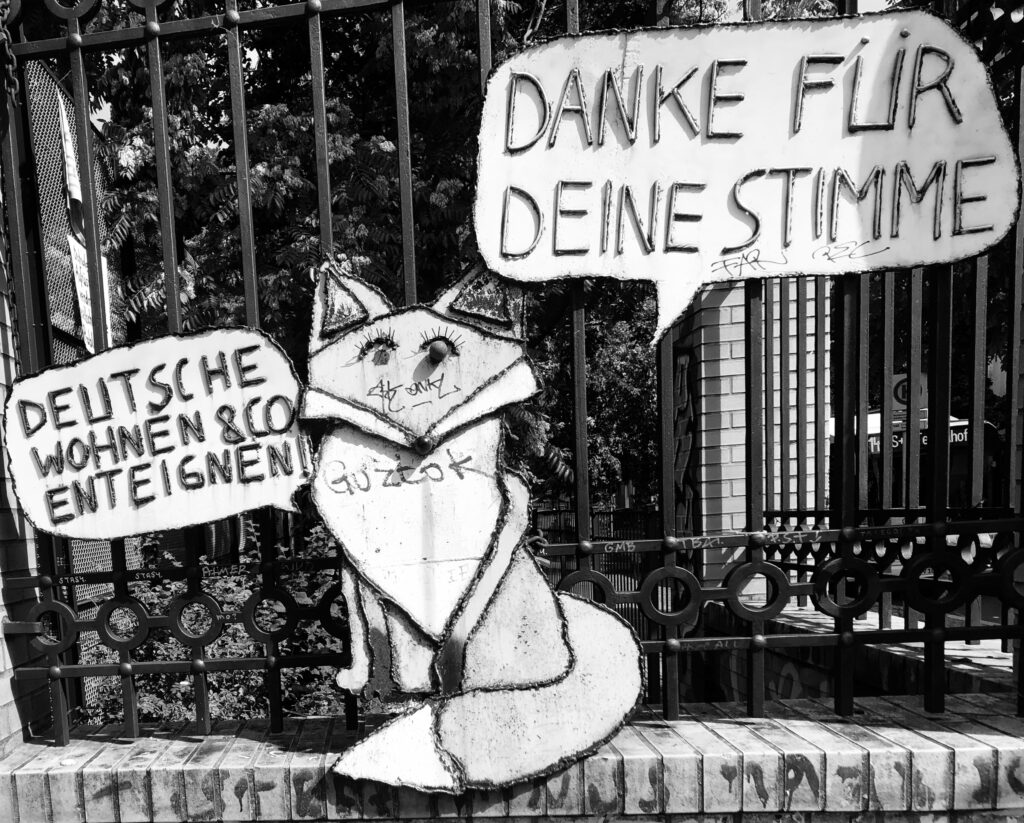

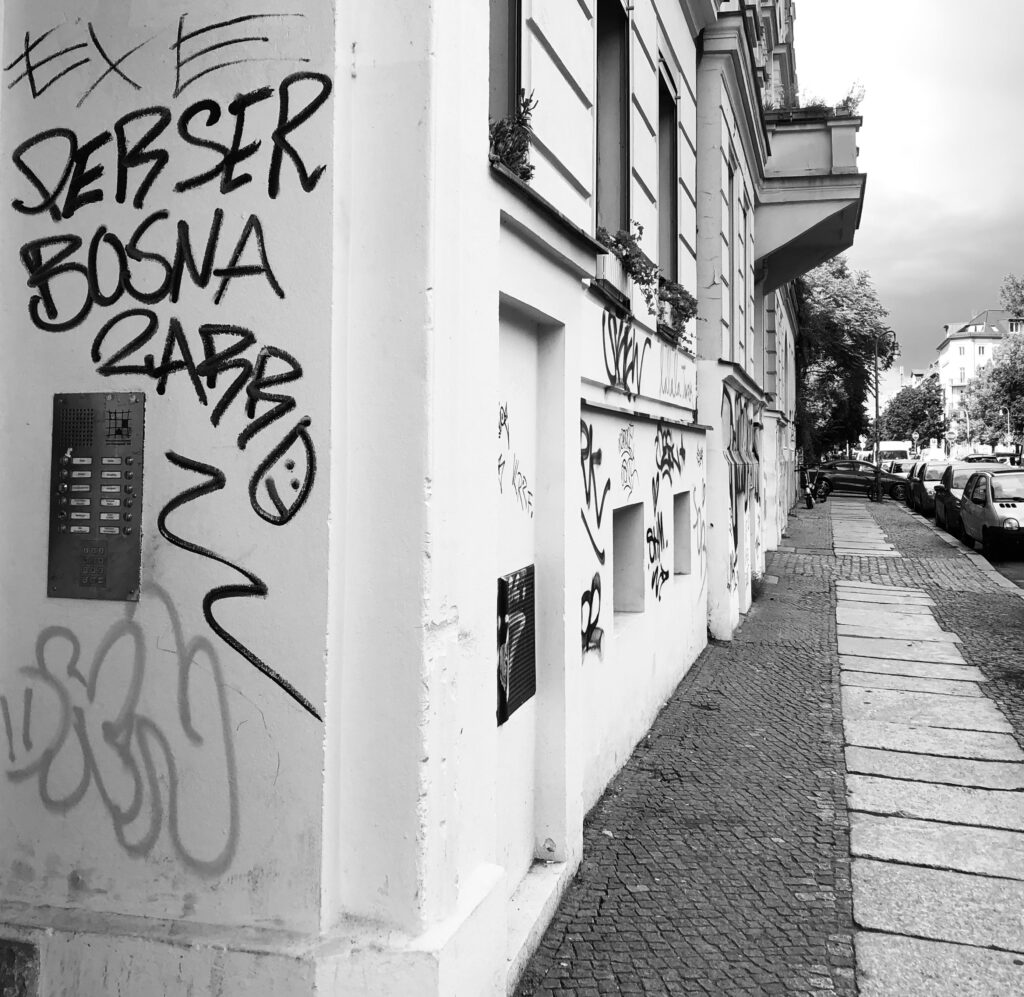
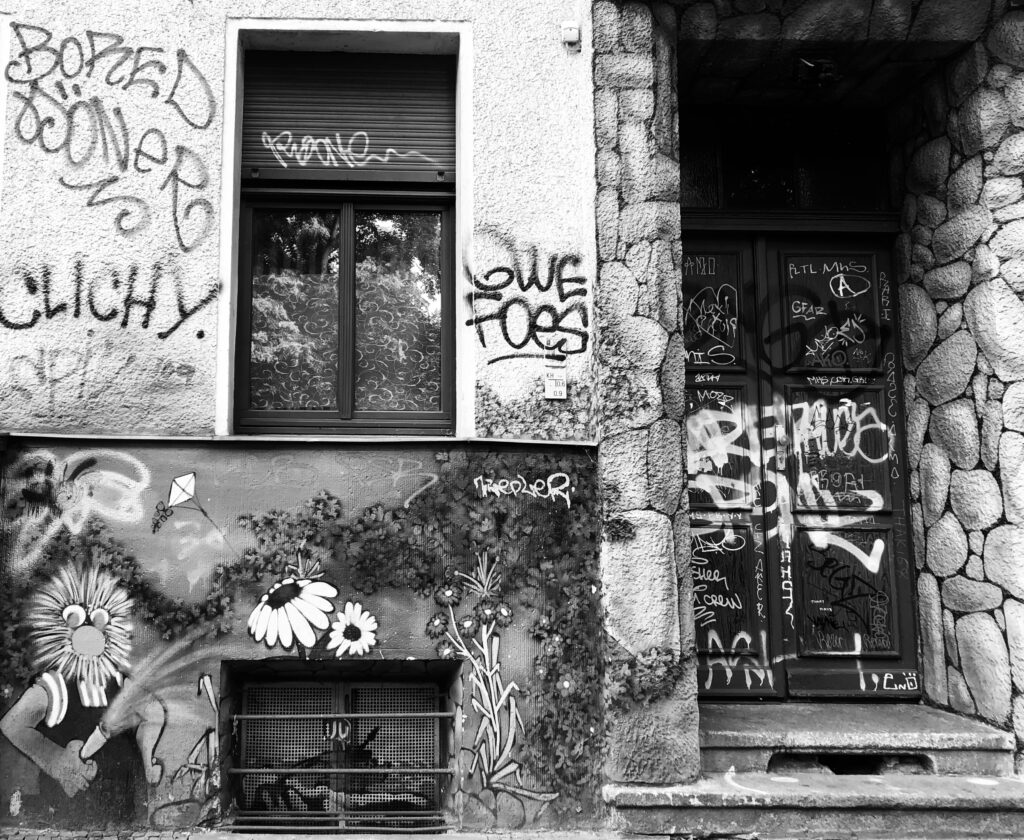
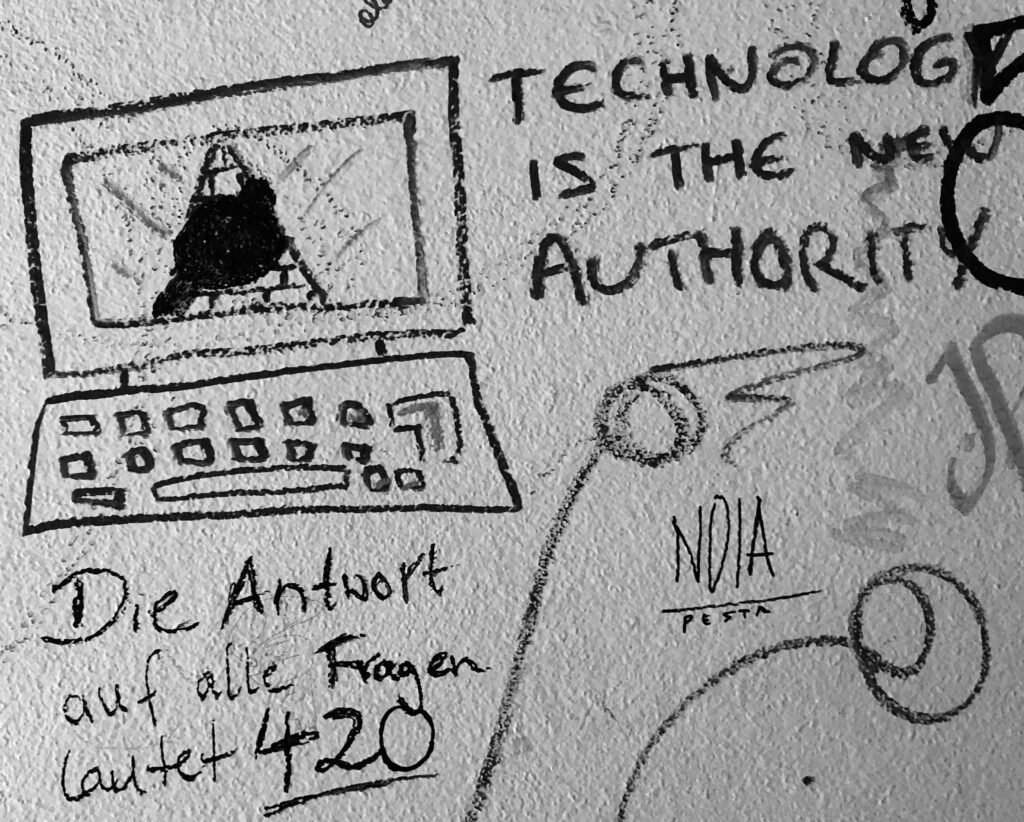
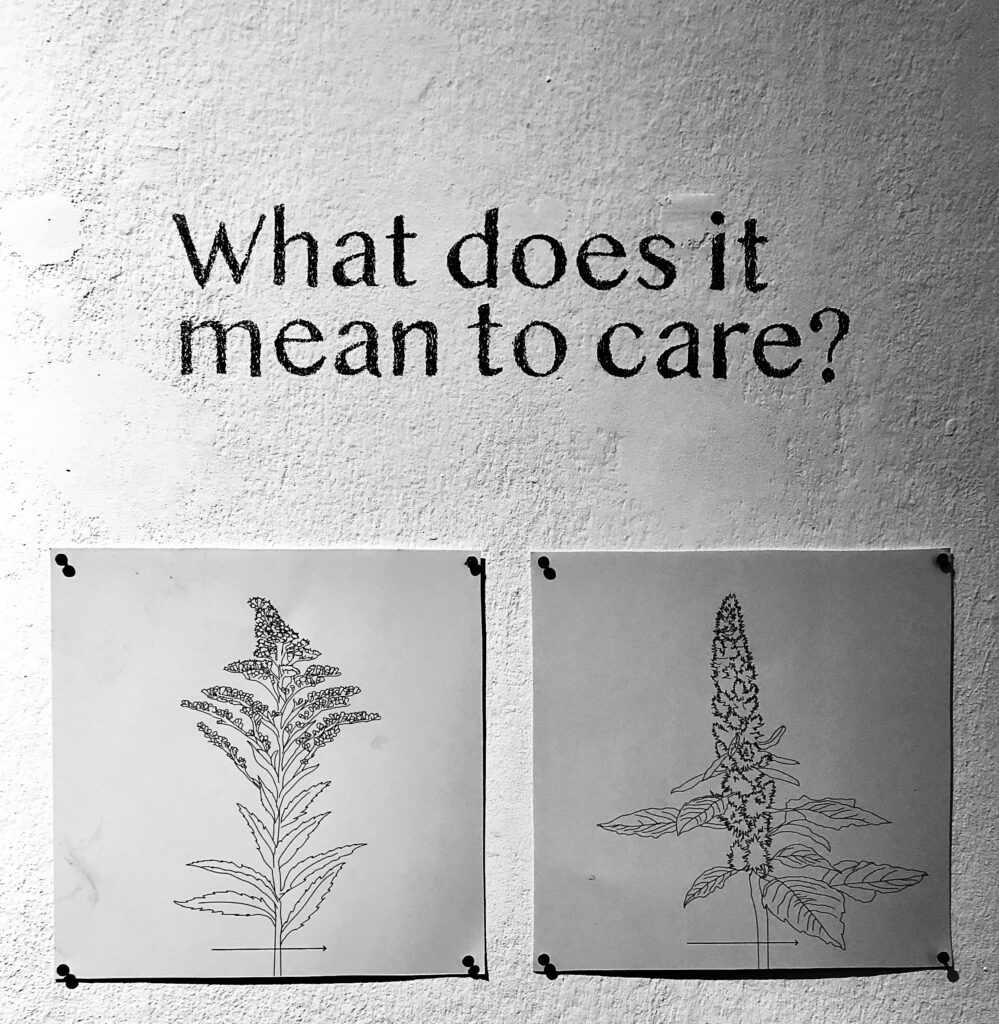
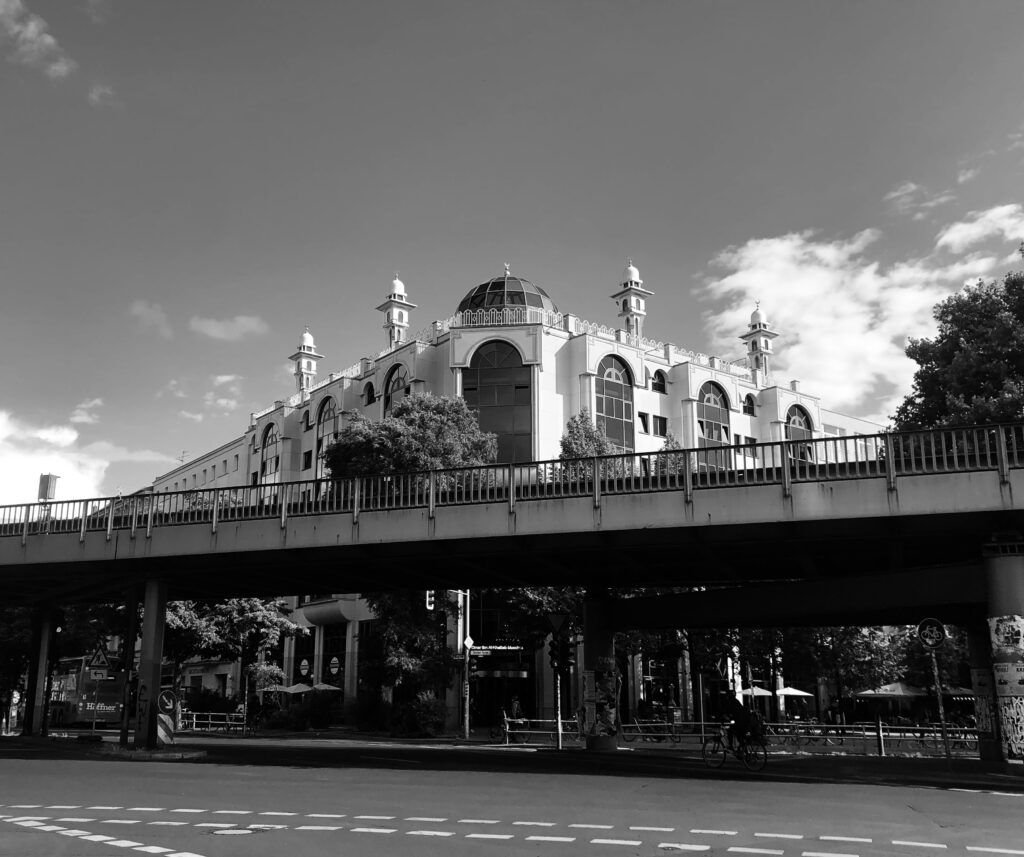
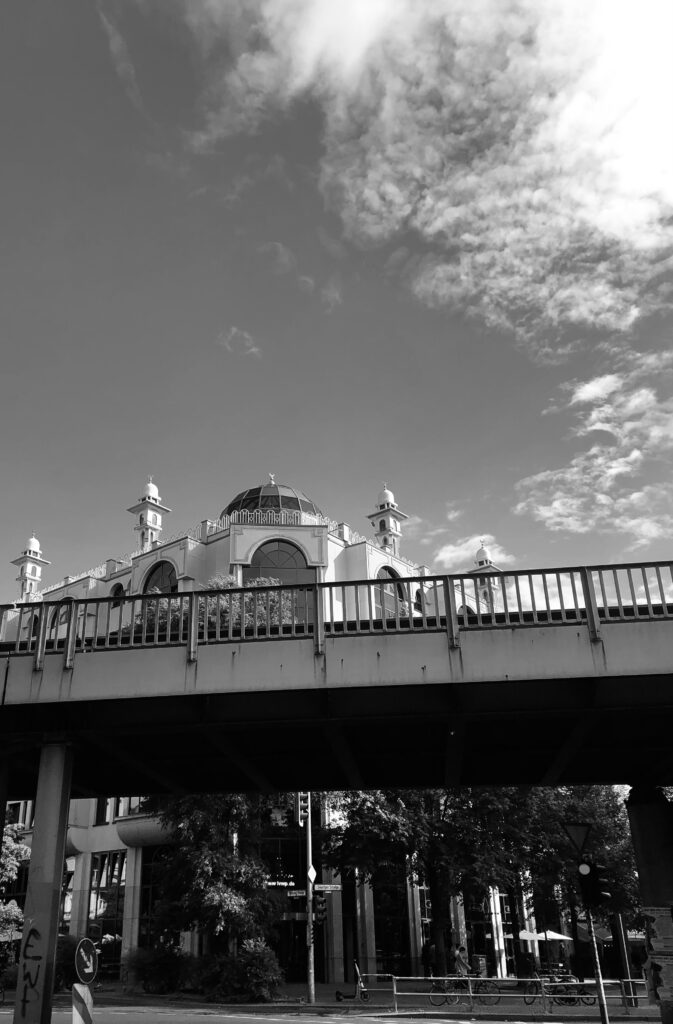
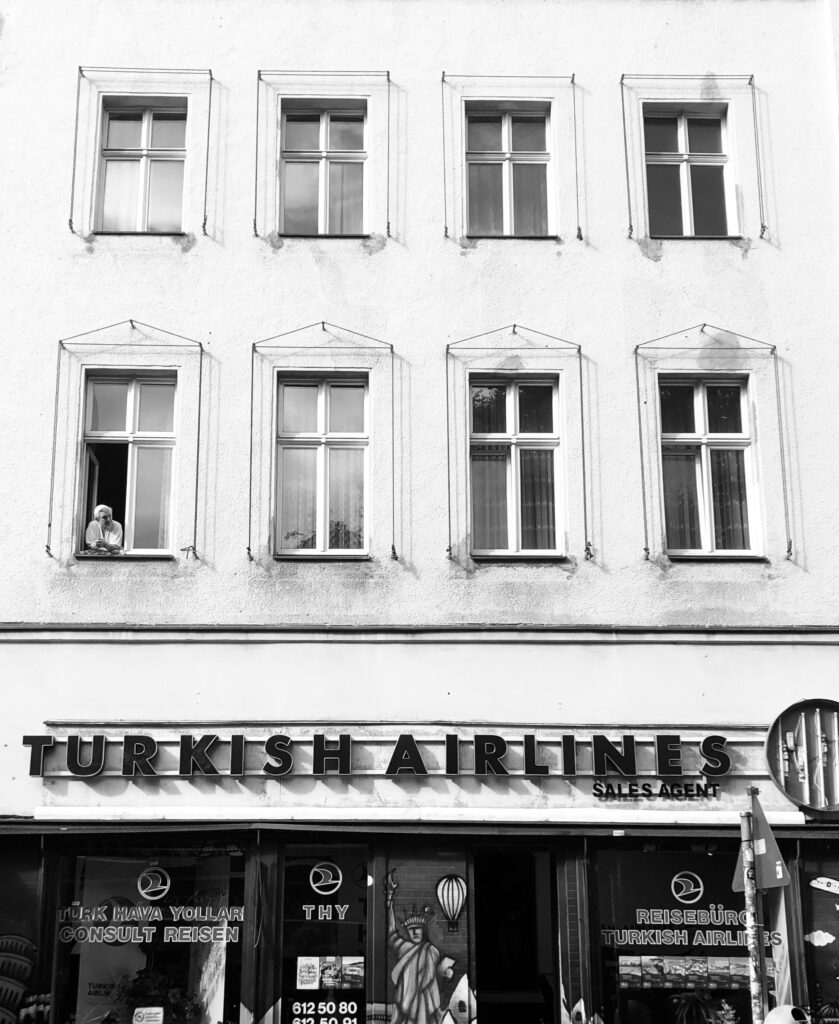
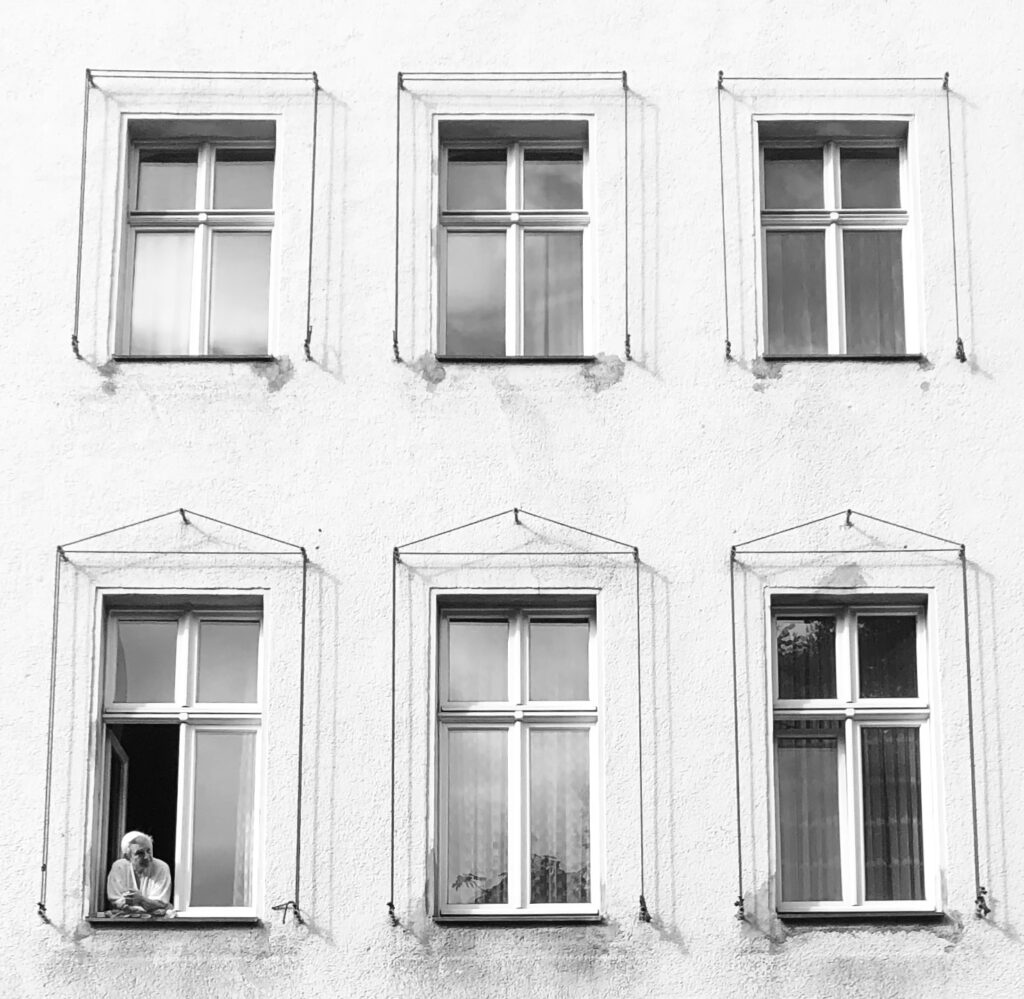
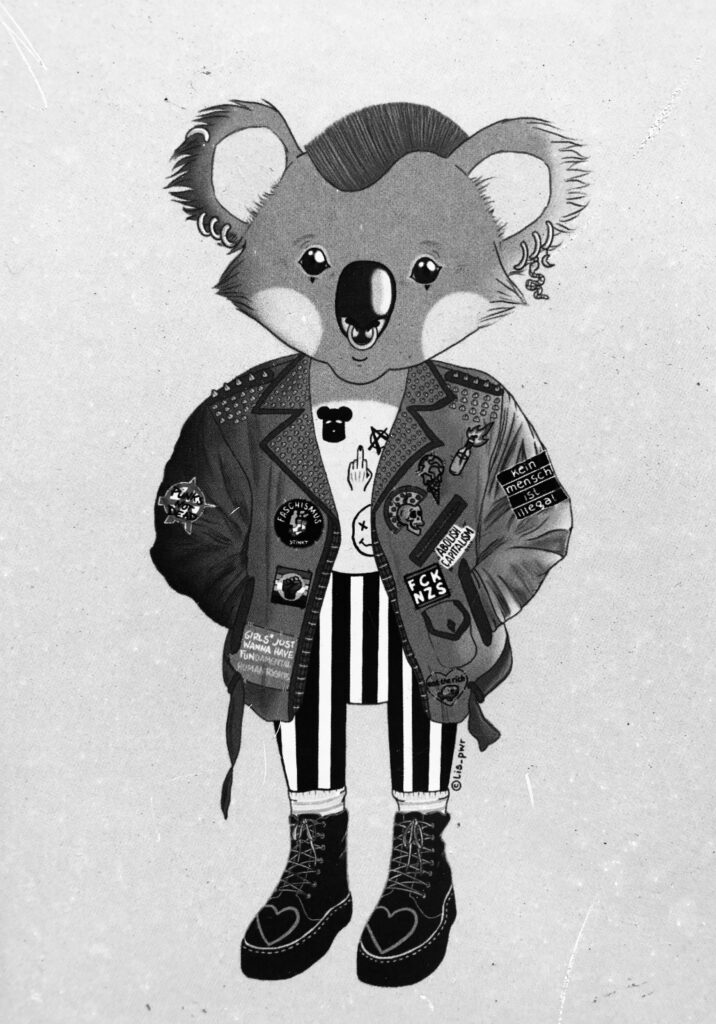
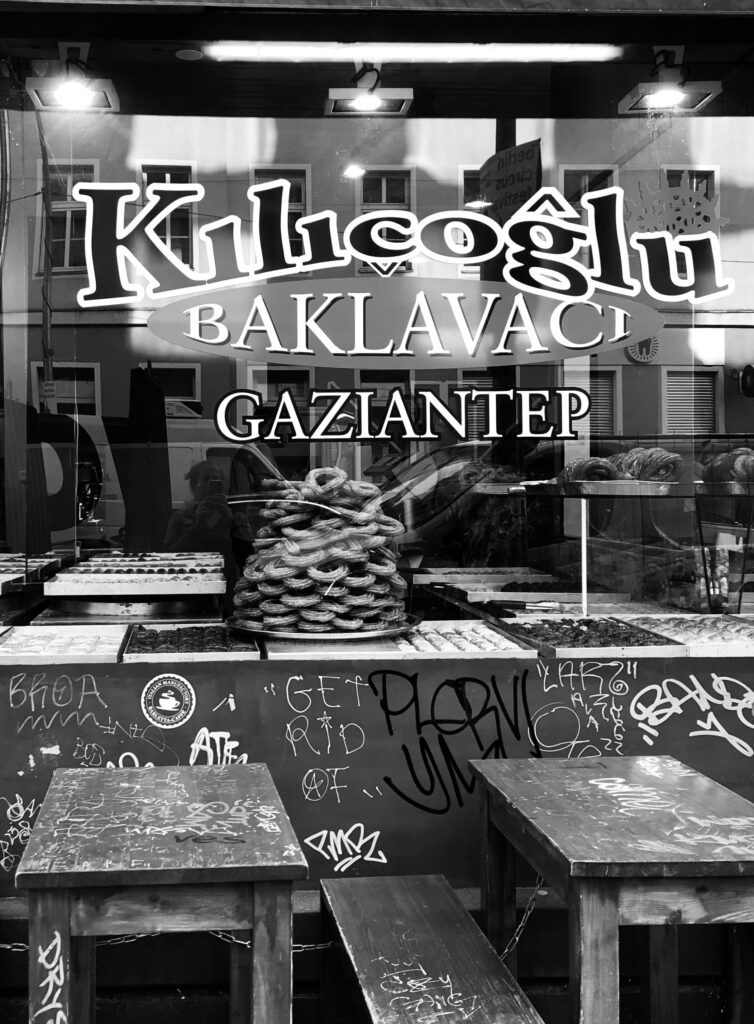
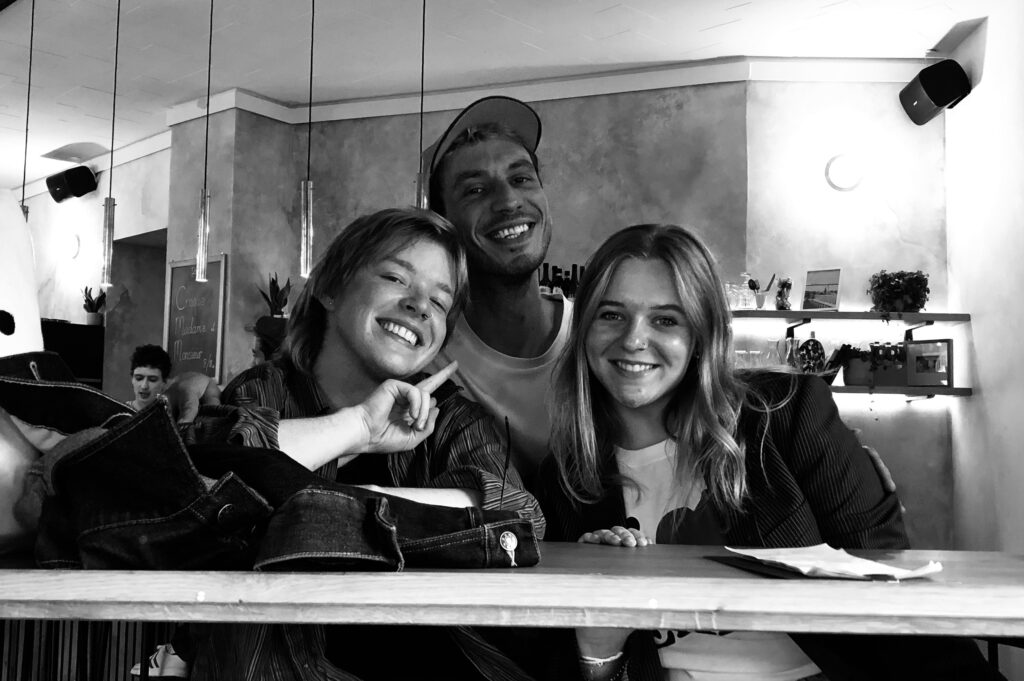
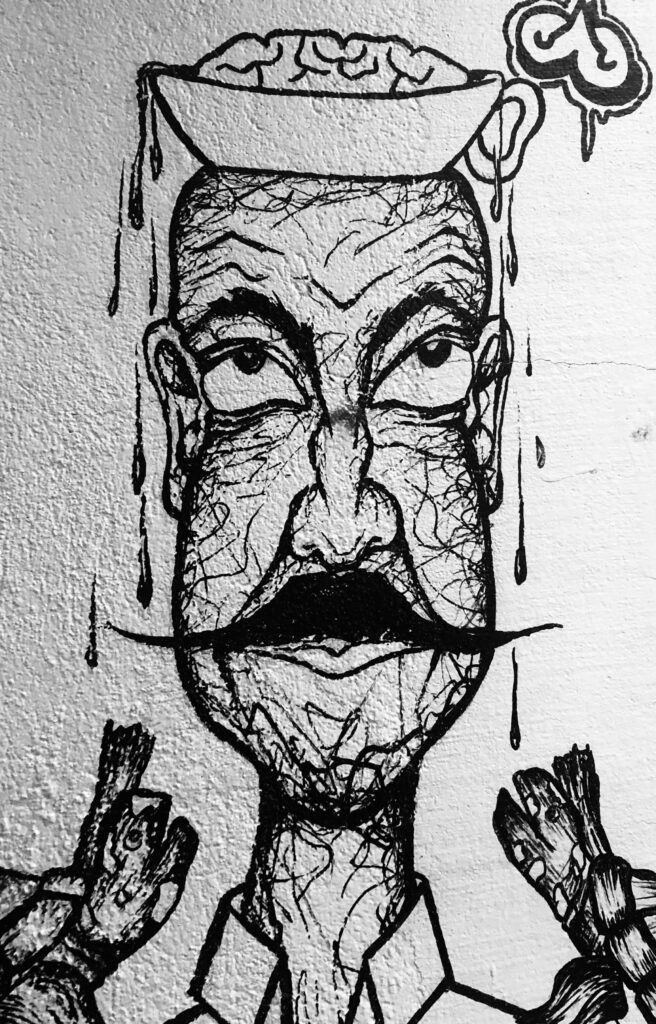
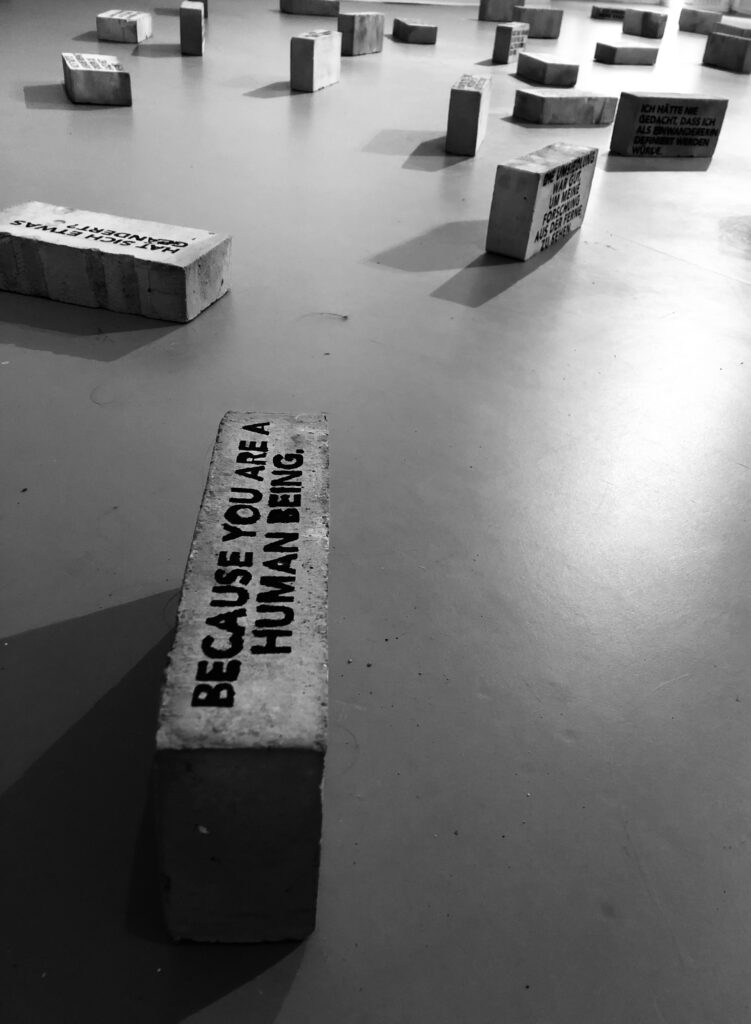
Kreuzberg : identité Multi-Kulti
A peine arrivés dans ce quartier, nous remarquons les influences orientales et turques des bâtiments, de la population et des commerces. De divers restaurants émanent des senteurs épicées, nos oreilles peinent à identifier les langues parlées. Dans ce quartier nous retrouvons la diversité multiculturelle.
La communauté turque est arrivée dans l’ouest de l’Allemagne et à Berlin-Ouest après la Seconde Guerre Mondiale dans le cadre d’un programme de « travailleurs invités » pour participer à la reconstruction du pays. Ils privilégièrent alors le quartier de Kreuzberg pour des raisons économiques et culturelles. Ils constituent aujourd’hui la plus grande minorité ethnique à Berlin, avec presque un quart de millions de personnes d’origine turque.
Dès 1961, Kreuzberg, enclavé par le Mur, devint très vite le paradis des squatteurs, artistes, punks et militants écologistes et féministes. Lieu de création sauvage et refuge pour les non-conformistes, Iggy Pop et David Bowie y ont même habités.
Aujourd’hui encore, de nombreux espaces autogérés y foisonnent. Lors de la division allemande, il était interdit aux jeunes hommes vivant à Berlin-Ouest de faire leur service militaire. Il y eut donc un afflux de jeunes réfractaires de toute l’Allemagne de l’Ouest qui se sont installés dans ce quartier pour y expérimenter de nouvelles formes de vie.
Cet espace de liberté fut le terreau de nombreuses expériences sociales et militantes de la gauche et de l’extrême-gauche. Au cours du temps, les squats sont devenus des espaces d’habitation autogérés légaux – et avec une belle structure disciplinée allemande. Le caractère de ces mouvements marginaux est toujours frappant dans l’image de ce quartier où les murs sont recouverts de graffitis et de Street Art.
Kreuzberg: Multi-Kulti identity
As soon as we arrived in this district, we noticed the oriental and Turkish influences in the buildings, the people and the shops. Spicy aromas emanate from various restaurants, and our ears struggle to identify the languages spoken. In this district we find multicultural diversity.
The Turkish community arrived in West Germany and West Berlin after the Second World War as part of a “guest worker” program to help rebuild the country. They chose the Kreuzberg district for economic and cultural reasons. Today, they constitute Berlin’s largest ethnic minority, with almost a quarter of a million people of Turkish origin.
By 1961, Kreuzberg, hemmed in by the Berlin Wall, had become a paradise for squatters, artists, punks, environmentalists and feminists. A place of wild creation and refuge for non-conformists, Iggy Pop and David Bowie even lived there.
Even today, many self-managed spaces abound. During the division of Germany, young men living in West Berlin were forbidden to do their military service. This led to an influx of young resistance fighters from all over West Germany, who settled here to experiment with new ways of life.
This space of freedom was the breeding ground for numerous social and activist experiments on the left and far left. In the course of time, the squats became legal self-managed living spaces – and with a fine German disciplined structure. The character of these marginal movements is still striking in the image of this district, where the walls are covered with graffiti and street art.
